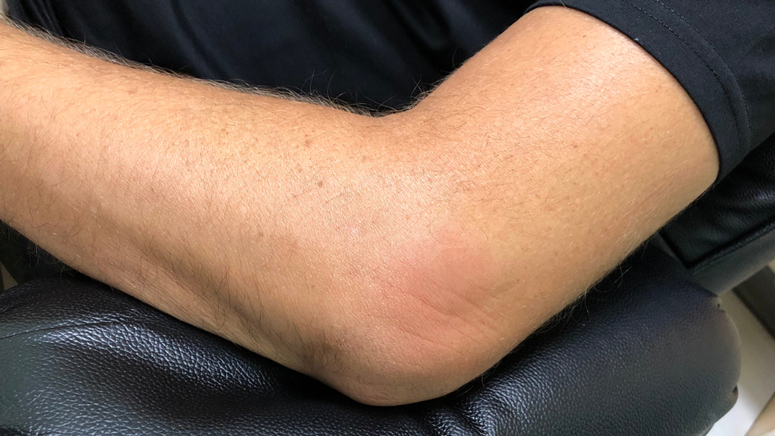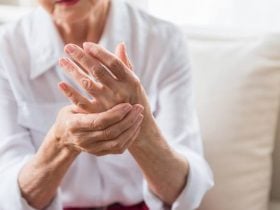A common question asked is: Is enthesitis the same thing as enthesopathy?
The areas where your tendons and ligaments attach to your bones are called entheses. If these areas become painful and inflamed, it is called enthesitis. This is also known as enthesopathy.
This type of pain tends to occur when you use the joint or attachment point that is affected by enthesopathy, especially for a strenuous activity. For example, if you are experiencing enthesopathy in your ankle or Achilles tendon, you’ll feel pain whenever you move or put pressure on your foot or tendon area.
Enthesopathy is a condition that occurs when you are affected by one or more types of arthritis. [1] Arthritis is an Inflammation of the joint that can cause joint pain, swelling, and stiffness. A common link to enthesopathy is spondyloarthritis, a term for a group of inflammatory diseases that causes arthritis.
Enthesopathy can be traced to many possible causes, such as:
- Overuse of the joint
- Obesity, which can put stress on your joints
- Underlying conditions that cause your immune system to attack your joint tissue
- A family history of arthritis
Continue reading this article to learn about enthesopathy, including its symptoms and treatment options.
Symptoms Of Enthesopathy

Enthesitis and enthesopathy are different names for the same conditions. This means that the symptoms are the same.
There are different symptoms that may indicate enthesopathy. The most common and noticeable symptom is pain in the area around a joint when you use that joint. You may also notice that the area of the tendon that attaches to the bones is tender to the touch.
The level of pain you feel can vary. With mild cases, the pain may only be an annoyance. You will likely be able to do everyday tasks with too much discomfort.
In severe cases of the condition, the pain may hinder you from being able to perform everyday activities.
Enthesopathy can also be a symptom of an underlying condition. This includes:
- Psoriatic arthritis [2]
- Spondyloarthritis [3]
- Joint space narrowing
Other symptoms that can be traced to these potential underlying conditions are:
- The inability to move a joint in the usual direction which it’s meant to go.
- Joint stiffness, especially after sleeping or sitting down for an expected period of time.
- Swelling in the area of a joint.
- A feeling of grating in the joint area when you move it.
These are symptoms that can easily interfere with your daily life, see your doctor once that happens. They can access the area that is causing your pain. Diagnostic tests like an ultrasonography, can help them determine the cause.













